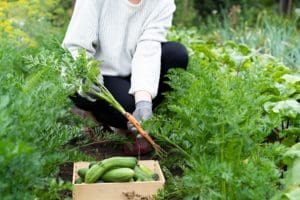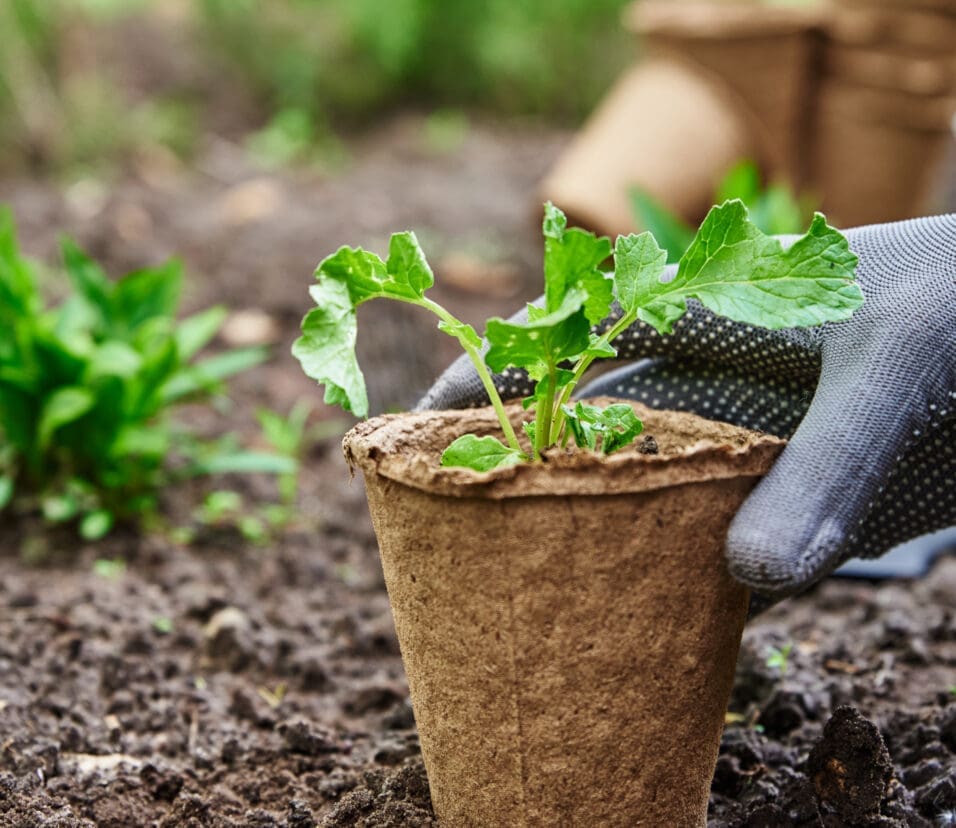Grow your Own Food! It’s Healthier, and Cheaper!
Brenda took a trip to the supermarket at the end of every month. It was convenient, and there was always a seemingly endless variety of food available. She would usually spend about an hour browsing the shelves for new products to try. Although the supermarket prices were high, particularly for items that were out of season, this did not seem to deter Brenda. Each time, she would find herself with a bill of over $1000.00.
Brenda preferred processed food; those high in calories, fat, and sodium. She enjoyed the sugary and salty foods. Overtime, this led to excessive weight gain and other health problems. She began to feel very sluggish and encountered great difficulty concentrating.
Brenda was forced to pay her local doctor a visit. She then learned that her cholesterol, blood sugar and blood pressure levels were alarmingly high. On investigation, the doctor learned that Brenda possessed some extremely poor eating habits, as she often indulged in the least healthy of meals. The doctor was quite concerned and advised her to immediately put a halt to the unhealthy foods she was constantly ingesting.
Was Brenda willing to continue risking her health for the tastes she so desired? What other avenues could she take for healthier eating?

Get Started with Home-Grown Food
Home grown food can be a great way to save money and eat healthier. However, it does take some planning and effort to be successful.
are a few tips to help you get started:
1. Choose the right location. Make sure you have enough space for the type of garden you want to grow, and that it gets enough sunlight.
2. Start small. Don’t try to grow too much at once. It’s better to start with a few plants and expand as you get more experience.
3. Get the right supplies. You’ll need things like seeds, soil, pots or raised beds, and tools. Make sure you have everything you need before you start planting.
4. Be patient. Growing your own food takes time, so don’t expect results overnight. Over time, you’ll become more adept at gardening and be able to produce larger yields.
With these tips in mind, you’ll be well on your way to success in growing your own food at home!
Enjoy Home Grown Fruit
Planting fruit trees is a great way to enjoy fresh, homegrown fruit while also beautifying your yard. While it may seem like a daunting task, fruit trees are actually fairly easy to care for.
One of the first things to consider when planting a fruit tree is the type of tree you want. There are many different varieties of fruit trees, so make sure you choose one that is suitable for your climate. Some trees, like citrus, require warm weather and plenty of sunlight, while others, like apple trees, can thrive in colder climates. Once you’ve selected the right tree for your area, it’s time to prepare the planting site. The first requirement is well draining soil. Be sure to amend your soil with sand or organic matter if necessary. You’ll also want to make sure the planting hole is deep enough to accommodate the tree’s roots.
Once your tree is in the ground, water it well and mulch around the base to help retain moisture. Be sure to give it plenty of water during its first growing season, as this will help it establish a strong root system. With just a little care, you’ll soon be able to enjoy delicious homegrown fruit right from your own backyard!
Benefits for Growing your Own Food
Growing your own food has many benefits that often go overlooked. Not only is it a rewarding experience, but it can also save you money, improve your health, and is more sustainable for the environment.
Let’s explore some of the reasons why we should start growing our own food.
- It’s rewarding – There’s nothing quite like the feeling of accomplishment that comes from growing your own food. Nurturing a plant from a seed to a full grown vegetable or fruit is a process that requires time, patience, and care. Seeing the end result of your hard work is an incredibly satisfying experience.
In addition to the personal satisfaction you’ll feel, it can also help you connect with other people in your community who are passionate about gardening and sustainability. Joining a local community garden or starting one of your own is a great way to meet new people and learn valuable gardening techniques.
- It can save you money – Although starting a garden does require an initial investment of time and money, it will eventually save you money in the long run. Once your garden is established, the only ongoing costs will be water and occasional supplies like fertiliser or compost. The food you grow will be fresher and cheaper than what you would buy at the grocery store. Also, you’ll have the satisfaction of knowing that it was produced sustainably right in your own backyard!
- It’s more sustainable – Factory farms use large amounts of water, energy, and land to produce food that is often shipped long distances before it ends up on our plates. Growing your own food requires far less energy and resources, making it a much more sustainable way to get the fruits (and vegetables) of your labour. By composting kitchen scraps and using natural pest control methods, you can further reduce your impact on the environment.
- It’s healthier for you (and the planet) – The fruits and vegetables available at most supermarkets are often sprayed with harmful pesticides. By growing your own food organically, you can be sure that it’s free from harmful chemicals. Plus, it will taste better since it was picked at the peak of ripeness! Eating organically grown fruits and vegetables is not only healthier for you, but it’s also better for the planet. Organic agriculture uses fewer natural resources. Because of this, provision is made for wildlife habitation coupled with producing delicious food for us to enjoy.
Homegrown food is the safest and most cost effective way to go – whether you want to save money, be more sustainable, or simply enjoy the rewards of eating fresh, delicious produce straight from your backyard. With a little bit of planning and effort, anyone can start their very own garden. So, what are you waiting for? Get growing!







